The indie games scene is booming, and with it comes a wave of titles that wear their inspirations on their sleeves. From pixel art adventures reminiscent of 16-bit classics to Metroidvanias echoing the exploration of Super Metroid, many indie games draw heavily from established franchises. But does this similarity stifle creativity, or is it a celebration of the games we love? I argue it’s the latter.
Table of Contents
The Accusation of Cloning
A common criticism leveled against indie games is that they’re merely clones of beloved classics. Critics point to similar gameplay mechanics, art styles, and even narrative themes as evidence of a lack of originality. Take, for example, the comparisons between Stardew Valley and the Harvest Moon series. Both feature farming, social interaction, and a charming, pixelated aesthetic. Similarly, many Metroidvanias are compared to Super Metroid and Castlevania: Symphony of the Night, their genre-defining predecessors.
Beyond Surface-Level Similarities
However, focusing solely on surface-level similarities misses the crucial point: inspiration doesn’t equal imitation. While indie games may borrow elements from classic franchises, they often use those elements as a foundation to build something new and exciting.
Stardew Valley‘s Unique Charm
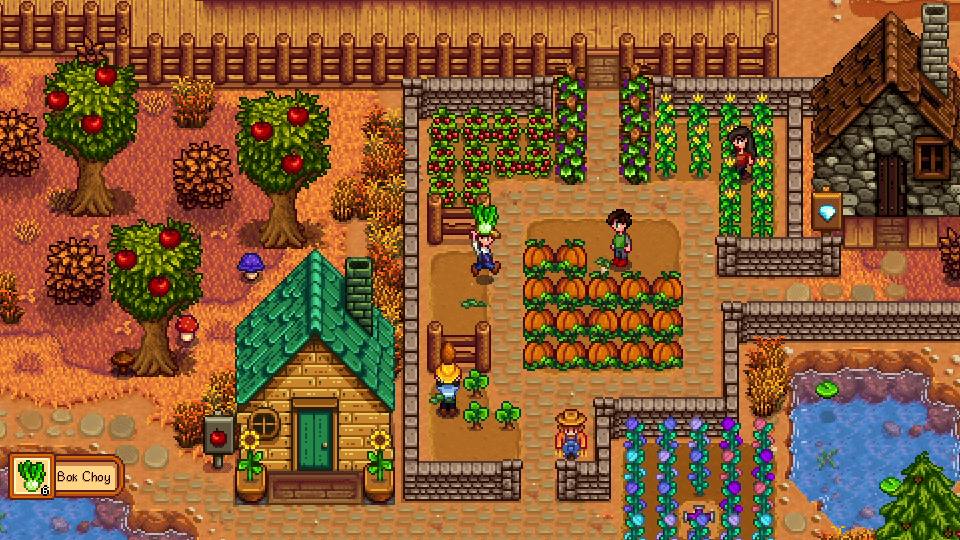
Stardew Valley, while undeniably inspired by Harvest Moon, offers a much deeper and more nuanced experience. Developed solely by Eric Barone (ConcernedApe), it incorporates elements of RPGs, crafting, and even combat, creating a richer and more engaging gameplay loop. Furthermore, its focus on community and personal growth resonates with players in a way that sets it apart.
The Evolution of Metroidvanias
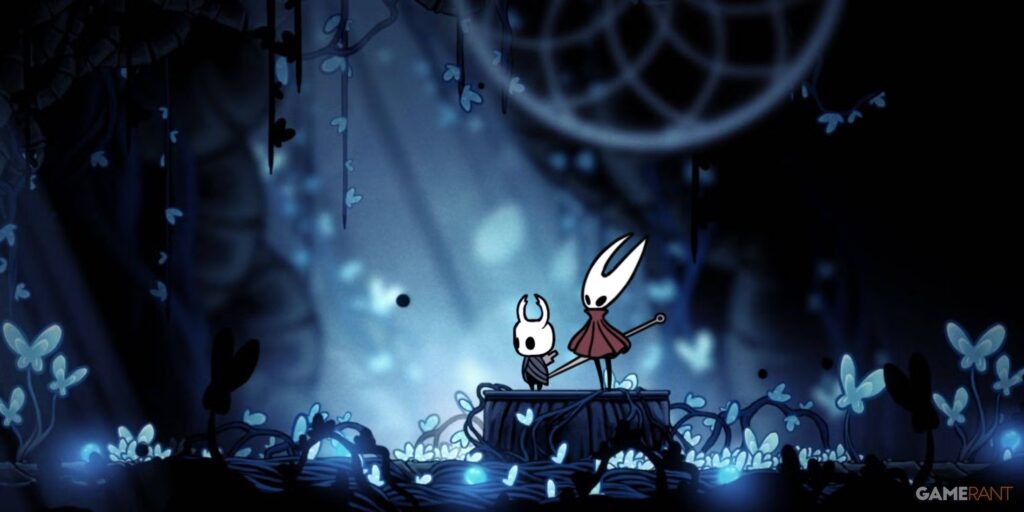
Similarly, modern Metroidvanias, while adhering to the core tenets of the genre, often introduce innovative mechanics and storytelling techniques. Games like Hollow Knight and Axiom Verge build upon the foundations laid by Super Metroid and Symphony of the Night, offering unique combat systems, intricate world design, and compelling narratives.
The Importance of Accessibility
Another key factor to consider is accessibility. Many classic franchises are no longer readily available on modern platforms, or their older entries haven’t aged well. Indie games that evoke these classics provide a way for modern gamers to experience the gameplay they love in a fresh and accessible way.
Rekindling Nostalgia
This accessibility also taps into nostalgia, reminding players of the games that shaped their childhoods while offering something new. For many, indie games act as a bridge between the past and the present, rekindling a love for classic genres while introducing them to modern innovations.
The Indie Spirit: Innovation within Constraints
The indie game scene often embraces limitations. Limited budgets and smaller teams can lead to creative solutions and a focus on tight, polished gameplay. This can be particularly true when working within established genres. By working within the framework of a familiar genre, indie developers can focus on refining and iterating on core mechanics, adding their unique spin to established formulas.
More Than Just Copies: Homage and Iteration
It’s crucial to distinguish between outright cloning and respectful homage. Indie games that borrow from classics rarely do so with malicious intent. Instead, they are often labors of love, created by developers who are passionate about the games that inspired them. They take the core elements of those classics and build upon them, adding their own unique perspectives and ideas. This iterative process is essential for the evolution of the gaming industry.
Examples of Successful Homages
Numerous indie games have successfully paid homage to classic franchises while forging their own identities.
- Shovel Knight: Inspired by 8-bit platformers like DuckTales and Mega Man, Shovel Knight delivers tight platforming, charming visuals, and a memorable soundtrack.
- Undertale: While drawing inspiration from classic RPGs like EarthBound, Undertale subverts expectations with its unique combat system, quirky characters, and emotionally resonant story.
- Celeste: Taking cues from challenging platformers like Super Meat Boy, Celeste combines precise platforming with a touching story about overcoming personal struggles.
Embracing the Indie Ecosystem
The indie game ecosystem thrives on experimentation and iteration. By allowing developers to explore and build upon established genres, we encourage innovation and the creation of unique and engaging experiences. The similarity to classic franchises isn’t a sign of stagnation, but rather a testament to the enduring power of those games and the creativity of the indie developers who draw inspiration from them.
The Future of Indie Homages
As the indie scene continues to grow, we can expect to see even more games that pay homage to classic franchises. This isn’t something to be feared, but rather celebrated. By embracing the past, indie developers are helping to shape the future of gaming. They’re keeping classic genres alive, introducing them to new audiences, and pushing the boundaries of what’s possible within familiar frameworks. So the next time you see an indie game that reminds you of a beloved classic, don’t dismiss it as a clone. Take the time to explore what it has to offer. You might just discover your new favorite game.
Celebrating Indie Creativity
Ultimately, the indie game scene is a vibrant tapestry of creativity, woven together by threads of inspiration and innovation. The similarities to classic franchises are not a sign of weakness, but a testament to the enduring power of those games and the passion of the indie developers who seek to build upon their legacy. Let’s embrace the indie ecosystem and celebrate the unique experiences it offers, regardless of where their inspiration originates.
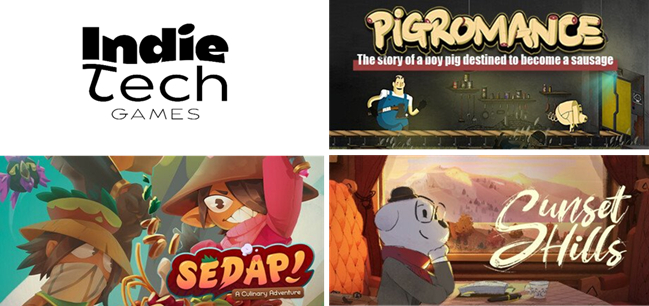
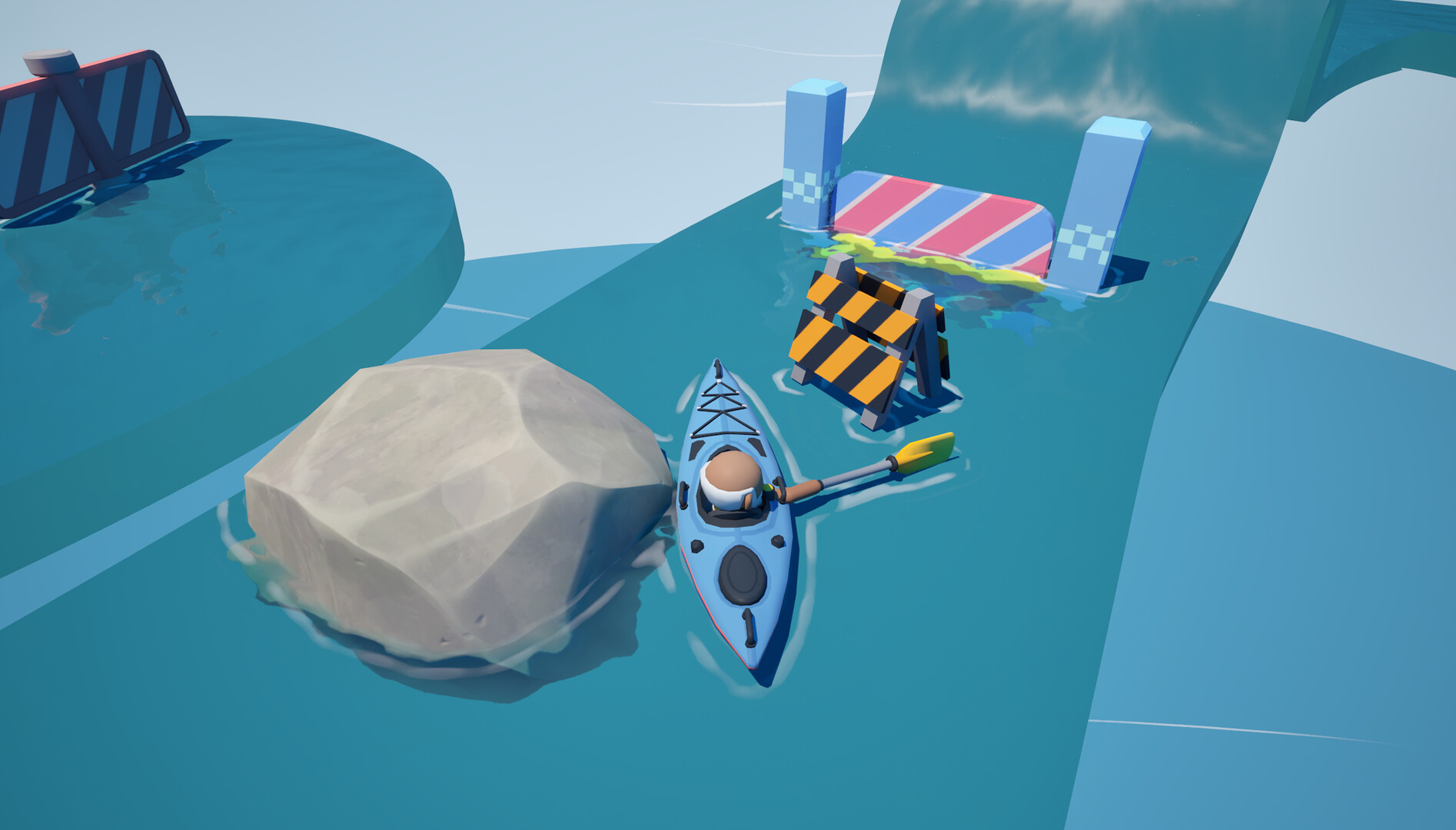
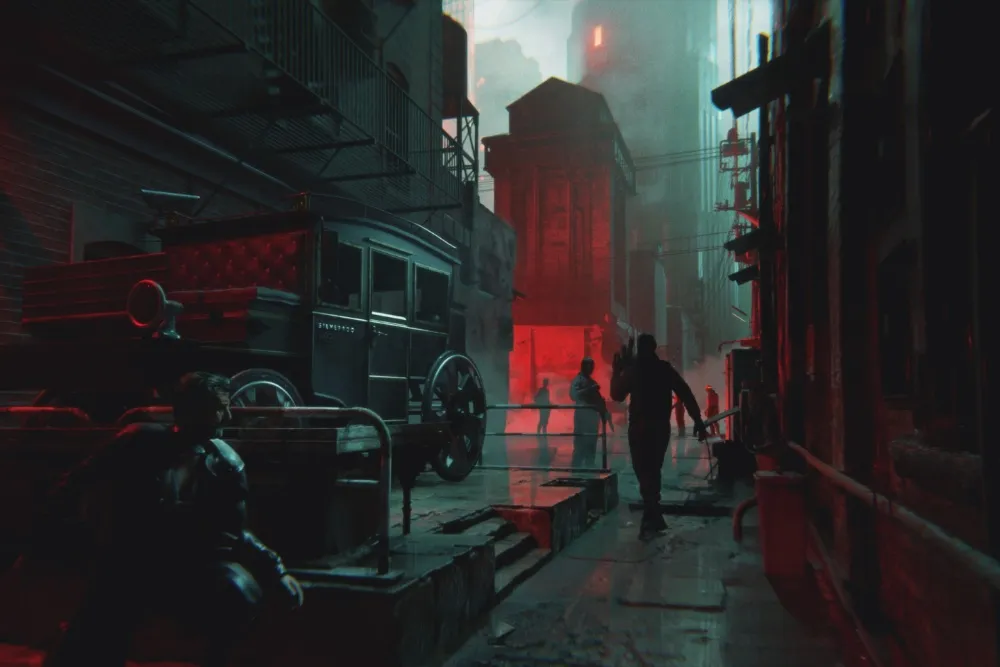
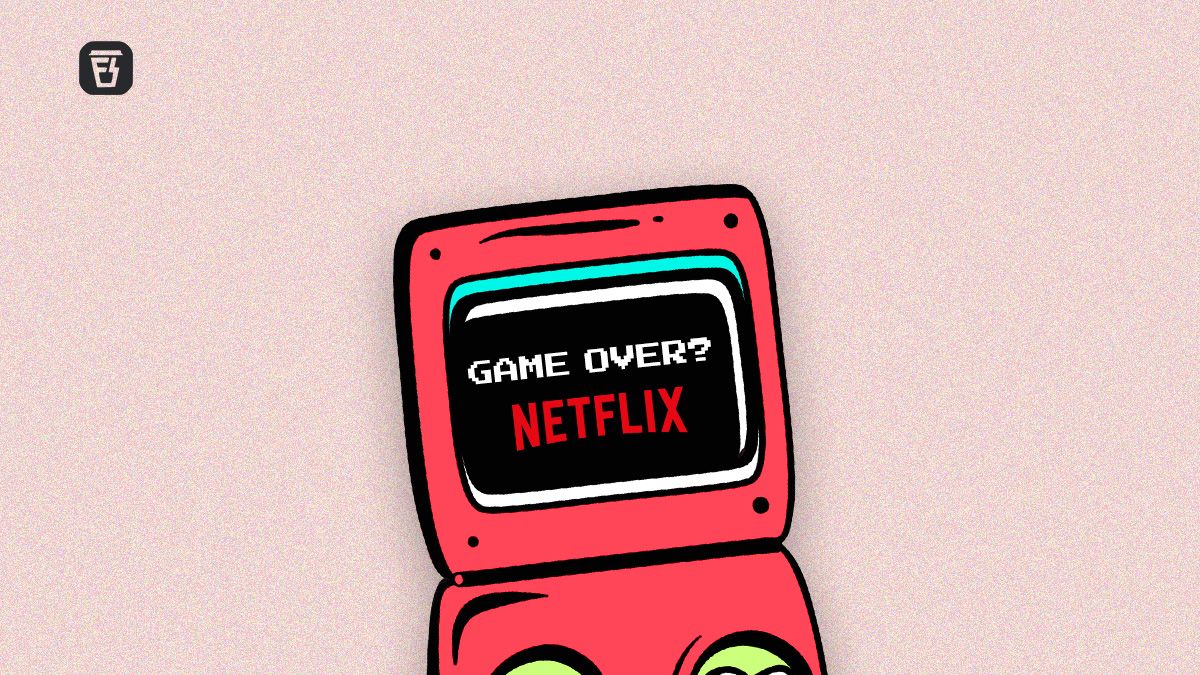
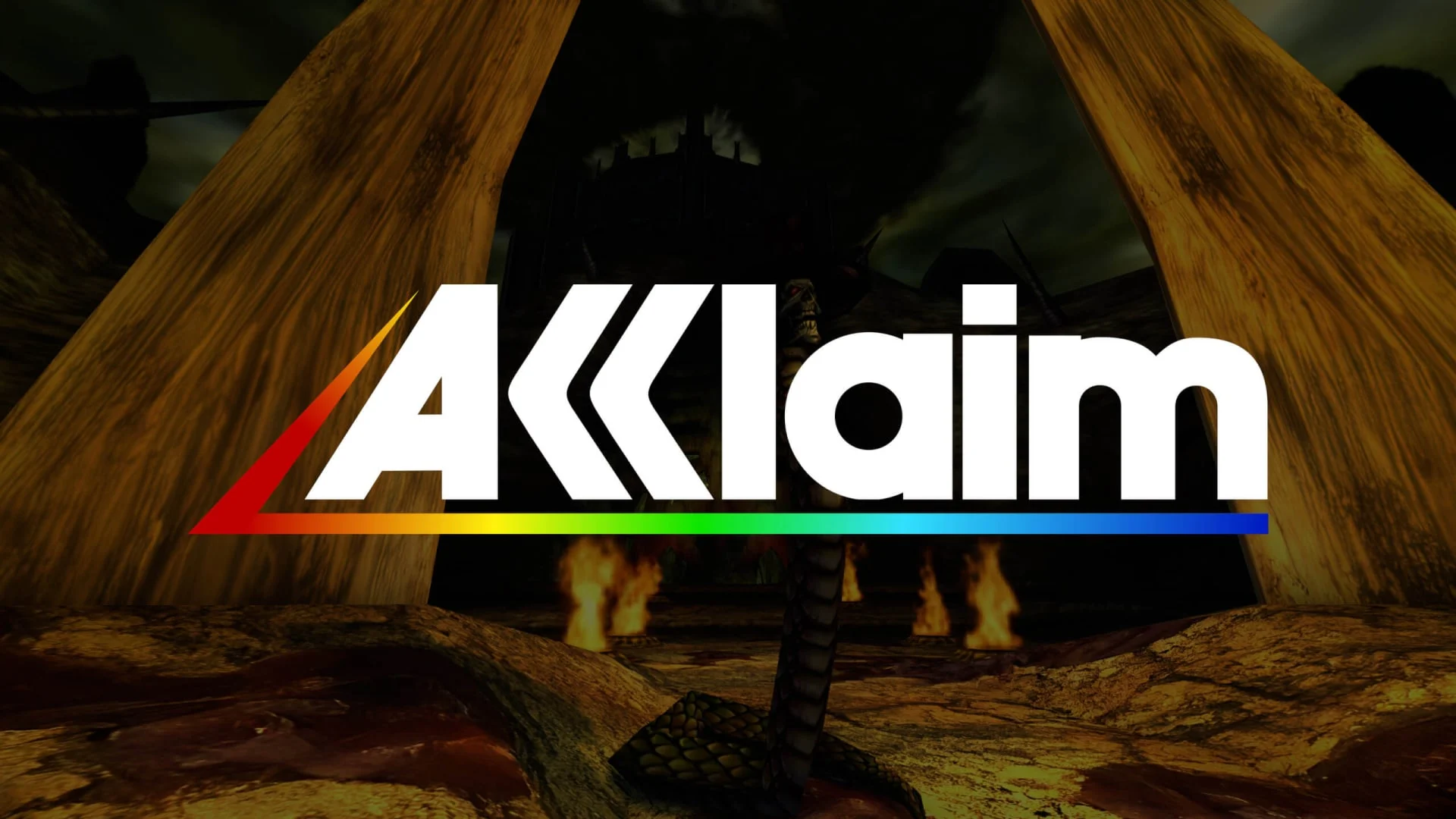
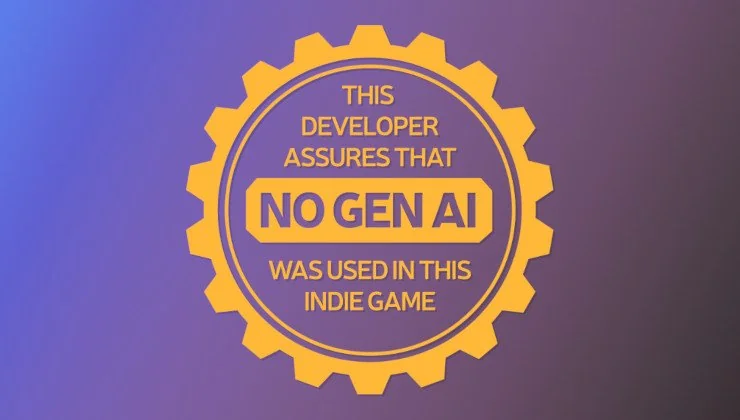

0 Comments